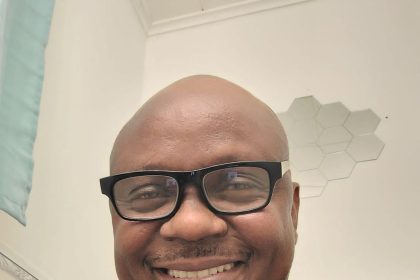Social media sites, like Facebook and Instagram, allow us to not only tell the world about ourselves but also to tell the world about our romantic relationships.
People often state their relationship status in their social media profile, use a photo with their partner as a profile photo, and post photos and updates that mention their romantic partners. People who engage in these common types of social media relationship displays tend to be more satisfied with their relationships. However, these displays aren’t necessarily entirely about connecting with your partner. Certain types of displays may involve overcompensating for a less satisfying relationship, and people may also post about their relationships as a way to show off to others. New research by Kori Krueger and Amanda Forest explores another motive underlying these displays: protecting your relationship from outside threats.
There are two ways that displaying your relationship on social media can protect it:
- Social media gives you the opportunity to interact with a large network of people, some of whom could be potential alternative romantic partners for you. By having a couple profile photo and posting about your relationship, you are signaling to others that you’re taken.
- Social media also gives your partner that same opportunity. By displaying your relationship online, you’re also signaling to potential romantic rivals that your partner is taken.
Thus, these relationship displays prevent you from being tempted to stray, and make it less likely that your partner will be tempted as well.
Krueger and Forest conducted two studies to help understand how these relationship-protection motives can explain why we post about our relationships.
In the first study, they surveyed 236 Facebook users who were currently involved in a romantic relationship. They assessed how much they displayed their relationships on social media (e.g., having a coupled relationship status, using a couple photo as a profile photo, posting updates or photos that included their partner). They also asked participants the extent to which they used social media as a way to protect their relationship, by indicating how much they agreed with statements like “I want to discourage any romantic or sexual interest from others” and “I want to avoid someone else potentially stealing my romantic partner from me.”
Like past research, they found that people who shared their relationships online did in fact report stronger feelings of connection to their partner. However, they also found that relationship-protective motives were connected with relationship sharing, above and beyond these feelings of connectedness.
The first study showed that people often display their relationships on social media as a way to avoid romantic advances from other people. But do those potential suitors get the hint? In a second study, the researchers explored how other people perceive these romantic displays.
In an experiment, the researchers presented 224 participants with a Facebook profile they created, that supposedly belonged to a person of the gender the participant indicated they preferred to date. For half of the participants, the profile clearly displayed that the person was involved in a romantic relationship, by including a coupled relationship status, a couple profile photo, and a status update that mentioned the romantic partner. The other half of the participants viewed a similar profile, but without the relationship information.






